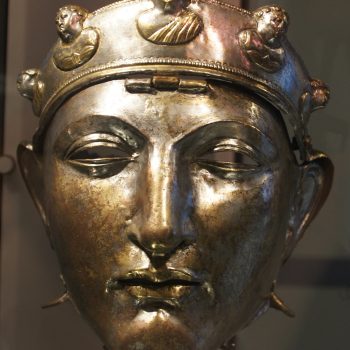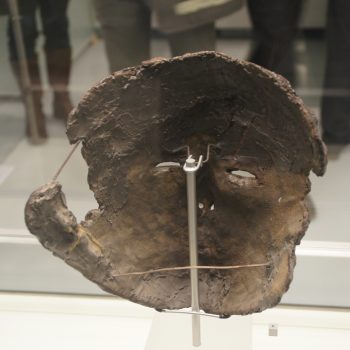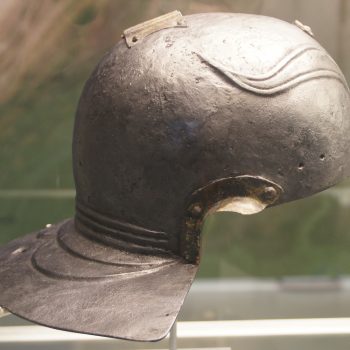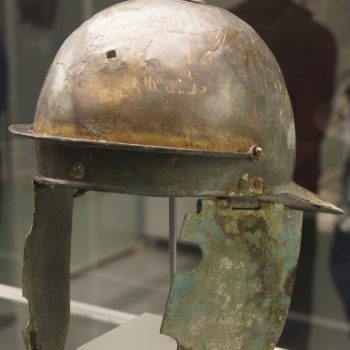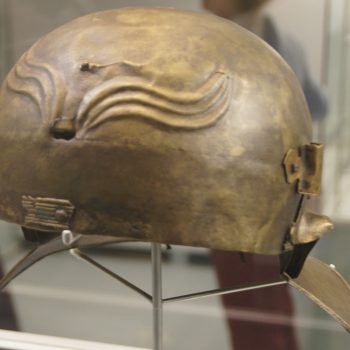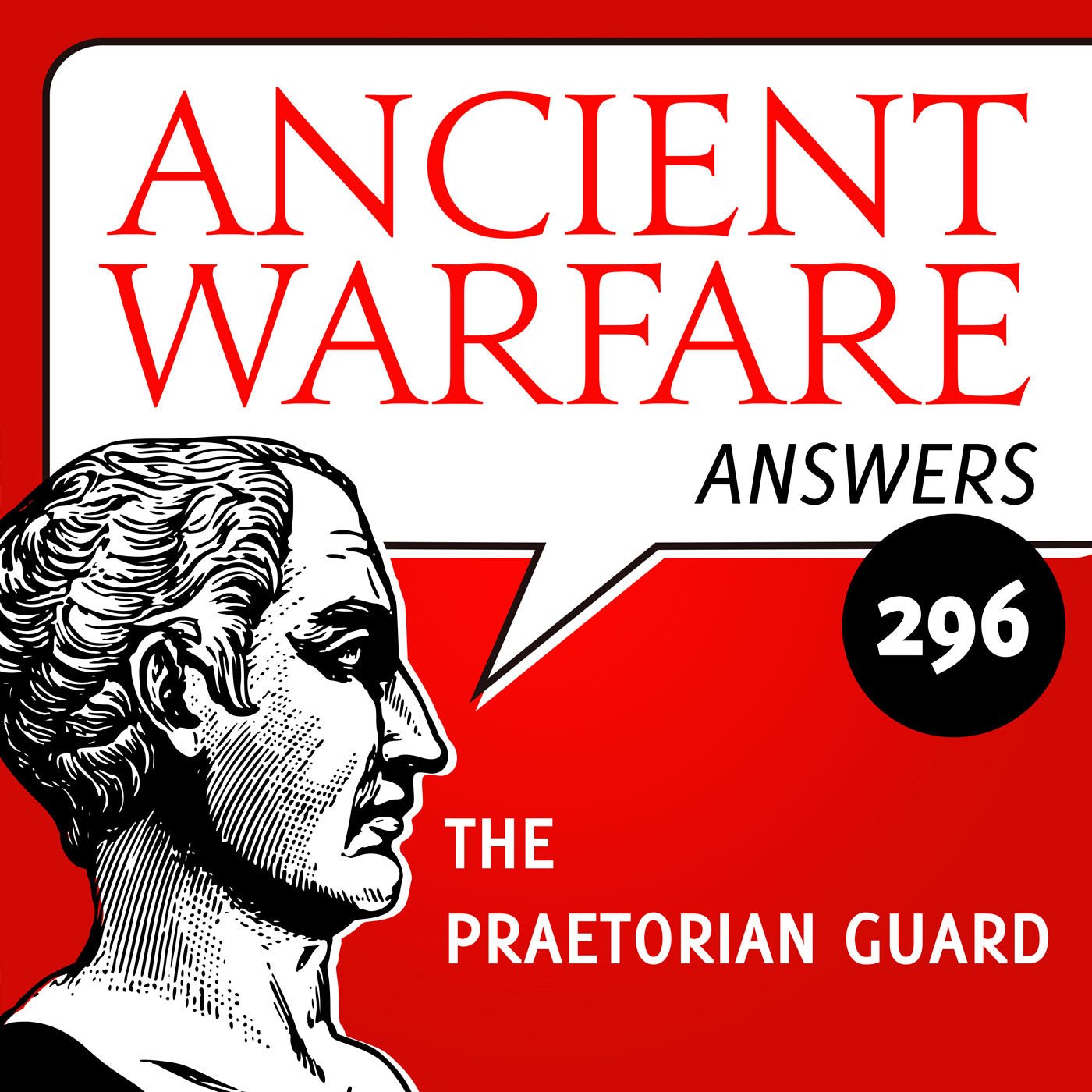AW at the museum - bunch o’ helmets!
When I recently visited the Valkhof Museum in Nijmegen to see the Gladiator exhibit (report), I almost missed their other temporary exhibition on Roman helmets in the Netherlands. I’m pretty well over the moon that I didn’t though. It’s not a complete overview of all helmets found in this country certainly, but it has two wonderful advantages.
One is that they included some (parts of) helmets from private collections you’d not get to see at any other time. Second, the glass display cases are free-standing, allowing the visitor to walk around them to inspect the helmets from angles you’d normally not get to see. So, as for the gladiators, if you have the chance, go. If you do not: here’s a mere glimpse of what’s to be seen. There’s a few items that perhaps do not easily fit into standard classifications, so feel free to debate those in comments.
- 1. Robinson Cavalry Sports G type
- 2. Robinson Cavalry Sports D type
- 3. Kalkriese-type helmet
- 4. Cavalry Sports D type
- 5. Weisenau / Imperial Gallic E
- 6. Coolus helmet
- 7. Bronze Weisenau / Imperial Gallic helmet, back
- 7. Bronze Weisenau / Imperial Gallic helmet, front
- To start off, here’s something truly unusual. This would probably be classified as a Robinson Cavalry Sports G type helmet, more particularly, the face-part of a two-part helmet. The open area does not seem to have held a mask. This particular helmet dates to the late 2nd or early 3rd century AD, was found in Vechten (NL) and now resides in a private collection.
- The following helmet, another Cavalry Sports type, version D this time, is very well-known. I just can’t help myself from including it as it’s one of the most beautiful Roman cavalry helmets. It was found at the Nijmegen Kops-plateau (the site of the Batavian ala castellum) and, though most of the iron bowl has corroded away, the silver decorative layer obviously remains.
- Next up is the face-mask of a Kalkriese-type helmet (also called Cavalry Sports D by Robinson, despite the substantial differences). The helmet is now also part of a private collection and dates to the first half of the first century AD. It was found on the north side of the Waal river, north of Nijmegen, and most likely used to belong to a Batavian trooper. The same goes for the next helmet.
- Again, Robinson would call this a Cavalry Sports D-type helmet. The fact that both (most of) the helmet bowl, with traces of organic material (most likely horsehair) and the face mask have survived is unusual. This angle provides a nice look inside the mask though. Tests by reenactors with recreated similar helmets have shown that, provided the helmet is well made and sized, vision for the horseman is quite good.
- There was plenty to see at the museum for the infantry-fans out there as well. This Weisenau / Imperial Gallic E helmet was found at the site of the Valkenburg castellum and seems to have been extensively cleaned up since Robinson photographed it (Robinson p.54). This style of helmet is generally associated with legionary use, but Valkenburg was garrisoned by auxiliary troops. Either the Romans were less strict in the assignment of equipment than we like to make them out to be (which is certainly very well possible) or a legionary in the escort of Caligula (who visited the fort in AD 40) lost his helmet here.
- Next up, a Coolus helmet still complete with its cheek-pieces. It was found in Kesteren, on the lower Rhine northwest of Nijmegen, whose name suggests there used to be a castra here. None has been found so far, however, and as a result of centuries of meandering of that same Rhine, may never be. It is near-unique in having had three separate owners who had their names punched into the neck-guard of the helmet. It dates to the middle first century AD.
- Finally, somewhat of a pièce de résistance for us helmet-nerds, two sides of a bronze Weisenau / Imperial Gallic helmet from the village of Rijswijk, again on the lower Rhine, now in the Dorestad museum of Wijk bij Duurstede. According to Robinson, bronze Imperial Gallic helmets are type I, so we’ll class it as such. More interesting than shoe-horning the helmet into a specific type, is that it allows for some historical speculation. Bronze helmets of this type and style are very rare, but interestingly, surviving examples (and bits) seem to be dated to the last quarter of the 1st century AD and occur along the Rhine and in Britain. One other helmet from Mainz can be attributed to Legio I Adiutrix. Going out on a limb is fun - can we associate this type of helmet with some rapid production of helmets upon raising the two new legions from former marines? Each legion spent its first decade in this area. Or were these helmets first made for marine use, as bronze won’t corrode as easily as iron when it comes into contact with salty sea water. Discuss!


